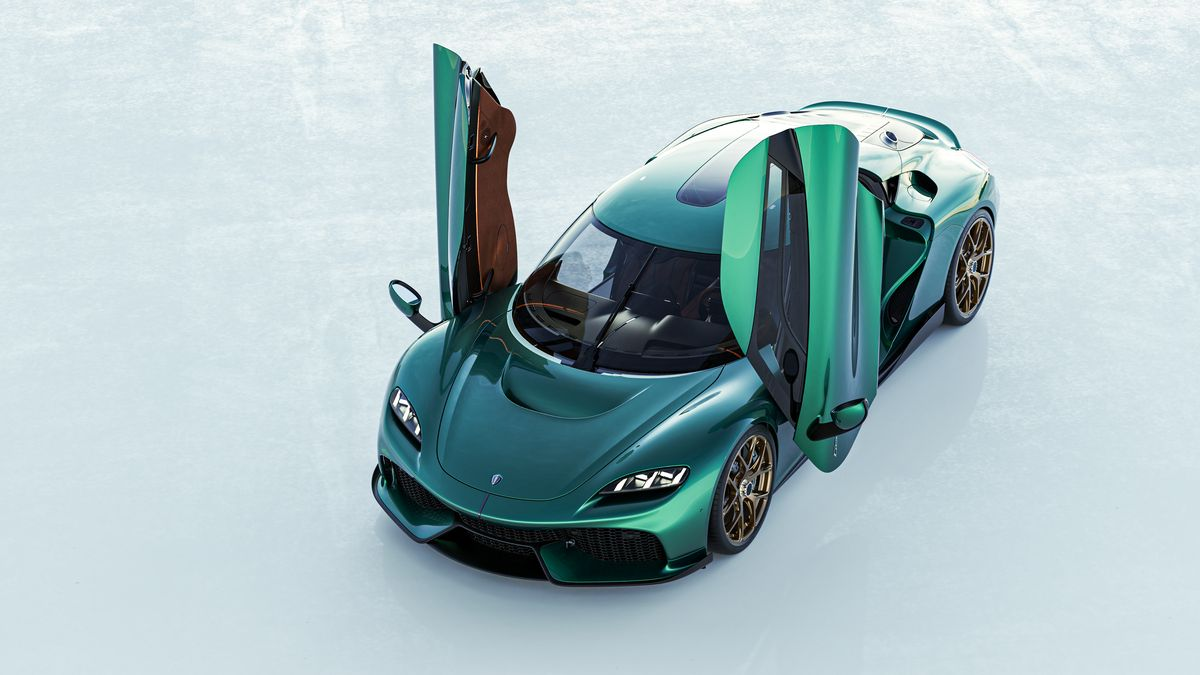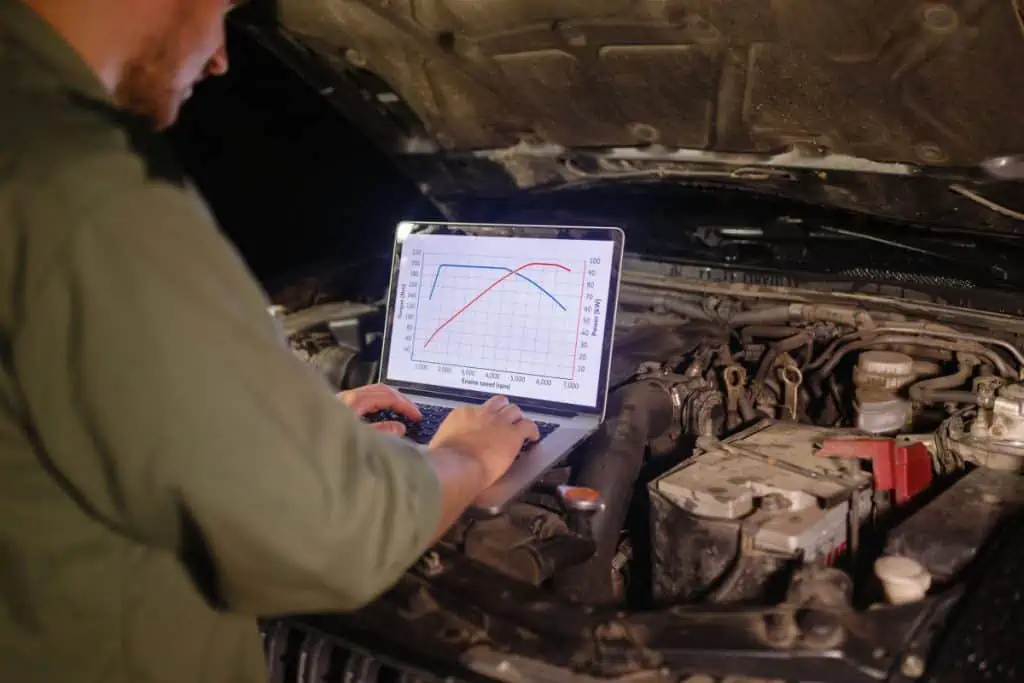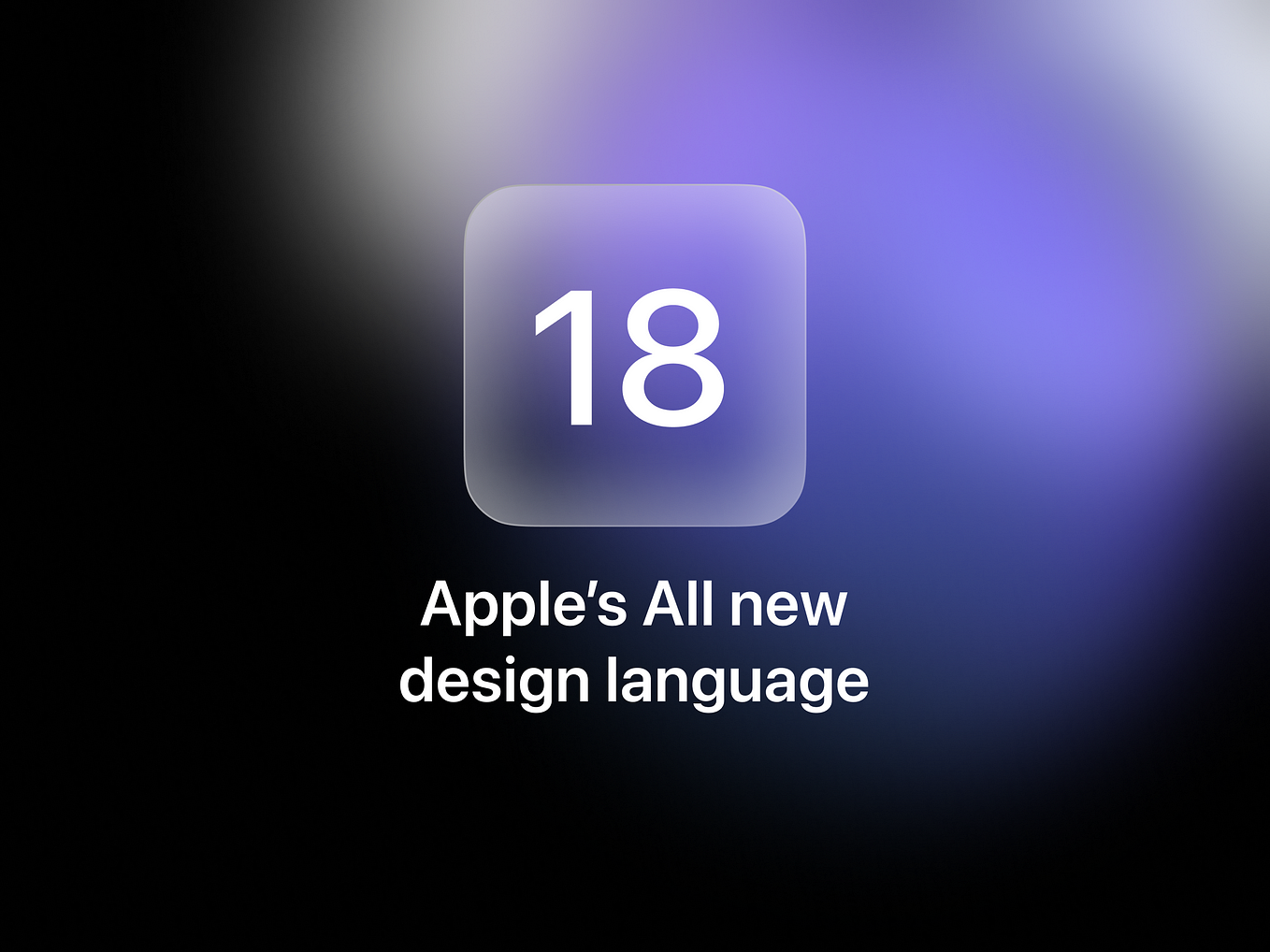History of the Hatchback: Origins of the First Hatchback Car Designs and Models
The hatchback body style remains widely popular today for its versatile cargo access and sporty profile. But what car first pioneered this practical body style, essentially birthing the hatchback as we know it? This guide explores the origins and earliest examples of hatchback cars that led to the design becoming mass-produced and mainstream.
Defining the Hatchback Car Body Style
First, let’s outline the definitive characteristics of what qualifies a car as a hatchback:
- Two box shape with shared passenger and cargo areas
- Rear door provides full access to cargo space
- Rear seat folds fully flat to maximize storage
- Wheels positioned at corners to optimize interior room
- Distinctive sloped rear roofline profile
The combination of the fold-down rear seat and wide opening rear door provides the utility that differentiates hatchbacks from traditional sedans or coupes.
Pinpointing the First True Hatchback Model
While some pre-war cars had rear openings, most historians credit the 1949 Aston Martin DB2 with pioneering the modern hatchback design. Key traits that set it apart:
- Rear door opened upward via hinges at the roofline rather than a trunk lid
- Body profile with continuous rear roof slope without separate trunk
- Rear compartment accessed from rear door without divider
- Rear seat designed to fold flat into the floor
The DB2 established the quintessential hatchback profile that became prevalent — no distinct trunk bulge or division from the rear seats. It incorporated now-standard traits like roof-hinged doors and folding rear seats. This groundbreaking combination helped it earn the title of the first true hatchback.
Why the DB2 Marked a Design Milestone
Prior to the DB2, no production automobile so seamlessly blended rear passenger and cargo space into one unified area accessed by an upward swinging rear door. Its smooth, continuous rear roofline running into the tail of the car was also a novelty for a rear-door vehicle.
The DB2’s flexible cargo space and rear access via the sloped roofline door would go on to become hallmarks of all modern hatchback designs as other automakers followed suit. Aston Martin’s innovative thinking represented a pioneering milestone in automotive engineering and functionality.
The Influence of Early Hatchback Concept Cars
A few notable concept cars in the decade prior to the DB2 also showed hatchback elements that previewed the style:
General Motors Le Sabre (1951)
- Two box, sloped rear roof design
- Rear seats that fold into rear floor area
Simca Cargo (1953)
- Station wagon-inspired hatch opening over rear seat
- Models called “Break” or “Commerciale”
Fiat 1100 Familiare (1956)
- Wagon-like rear access over fold-down seat
- Marketed as family/cargo vehicle
These designs generated discussion around blending utility and performance in new formats. Consumer interest helped pave the way for Aston Martin’s defining DB2 production model.
Growth of Hatchback Popularity in the 1960s and 70s
After the DB2 proved the format could work, mass-market auto brands began offering affordable hatchback models appealing to mainstream buyers:
- Renault 4 (1961)
- Austin Mini Countryman (1961)
- AMC Gremlin (1970)
- Volkswagen Scirocco (1974)
- Honda Civic (1973)
This proliferation of economy priced hatchbacks firmly established the body style in the industry and consumer consciousness. They became a standard rather than novelty model option.
Reviewing Pioneering Hatchback Contenders
Some mark alternative early cars as the “first” hatchbacks, though they lacked some definitive traits:
Citroen Traction Avant (1934)
Had a rear door but no fold-down rear seat dividing cargo area. Considered a sedan or saloon.
Renault 4CV (1946)
Inspired the Renault 4 but had enclosed trunk separated from cabin. Lacked unified cargo access of a true hatchback.
Kaiser-Frazer Vagabond (1953)
One of the earliest American hatchback efforts but never reached production.
Mercedes Benz 190SL (1955)
Had rear pass through from cabin to trunk but no shared uninterrupted cargo space.
Why the DB2 Stands Out From Early Hatchback-Like Vehicles
Previous models incorporated some hatchback elements but lacked key features like fold-down rear seats or unified rear cargo space fully incorporated into the body design. The DB2 brought these traits together in the complete package that set the template modern hatchbacks follow — an integrated rear storage accessed by an upward rear door at the sloped roofline. This innovative combination earns it the title of the first true hatchback.
The DB2 Hatchback’s Lasting Legacy
The DB2 proved that utility and performance need not be mutually exclusive in an automobile. Its fresh thinking influenced hatchback development across Europe and Asia. Within 20 years, affordable mass-produced hatchbacks from brands like Honda and Volkswagen became commonplace worldwide.
Over 70 years after its debut, Aston Martin’s pioneering DB2 remains appreciated as the original hatchback that started a trend which reshaped auto design forever. Its revolutionary rethink of rear storage access lives on in the millions of hatchback models enjoyed by drivers today.
FAQs
What was the first Japanese hatchback model?
The 1973 Honda Civic was the first Japanese-made hatchback, establishing the body style’s popularity in the Japanese auto industry.
Were early hatchbacks based on wagons?
Yes, early hatchback concepts often drew inspiration from station wagons and shooting brakes for their cargo space.
Why did hatchbacks grow more common in the 1960s and 70s?
The increasing focus on affordability and functionality made hatchbacks appealing for economy car brands. Their versaility also suited the youth culture.
Did American automakers produce any early hatchbacks?
While not as quickly embraced as in Europe and Asia, American brands like AMC tried hatchback models in the 1960s and 70s. The AMC Gremlin was an early example.
When did hatchbacks become mainstream in North America?
Hatchbacks really went mainstream in the 1980s, with models like the VW Golf GTI and Mazda GLC. By the 1990s they were ubiquitous worldwide.
The post-war Aston Martin DB2 is considered the first production automobile to fully exemplify the hatchback formula — an innovative achievement that inspired the body style’s rise worldwide.
https://wiack.com/research/what-was-the-first-hatchback-car/?feed_id=187&_unique_id=64c900879f592 #Wiack









